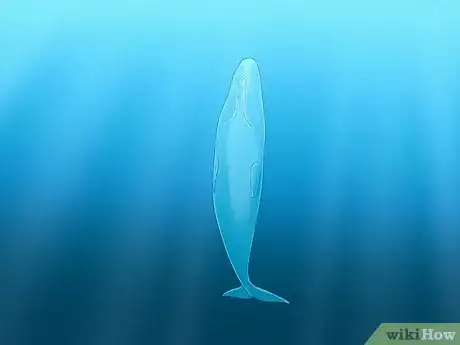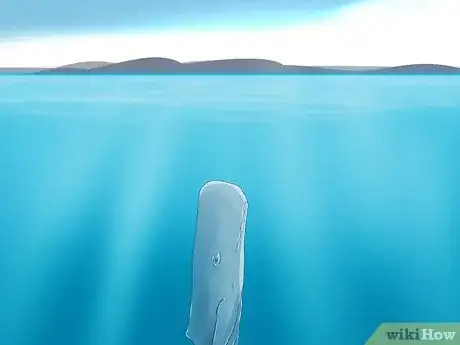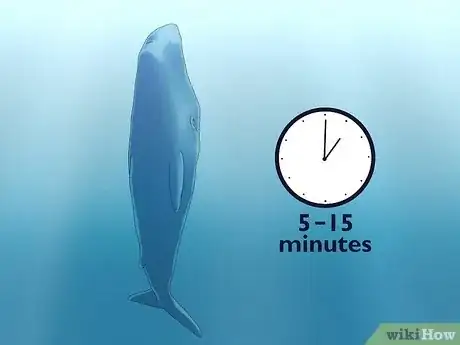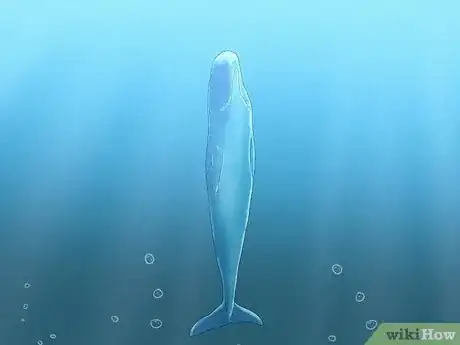This article was co-authored by wikiHow staff writer, Devin McSween. Devin McSween is a wikiHow Staff Writer. With a background in psychology, she has presented her research in social psychology at a variety of conferences and has contributed to several manuscripts for publication. At wikiHow, Devin combines her love of writing and research with the goal of bringing accessible information to wikiHow readers that will help them learn and grow. She earned her BS in Psychology from the College of Charleston.
This article has been viewed 1,223 times.
Learn more...
Whales are fascinating, air-breathing mammals that spend their entire lives swimming under the sea. This often raises one puzzling question: how exactly do whales sleep underwater when they need to breathe air? Well, wonder no longer! In this article, we’ll answer all your burning questions about how whales are able to rest under the sea. Read on to learn more about this interesting animal’s sleeping habits!
Things You Should Know
- Whales have to think to breathe, so they remain half-awake when they sleep to know when they need to come up for air.
- Most whales only sleep for about 10 to 15 minutes at a time.
- To stay aware of their surroundings and protect themselves from predators, whales typically sleep with one eye open.
Steps
How do whales breathe while they sleep?
-
1Whales stay half-conscious in order to sleep underwater and breathe. Unlike humans and other land mammals, whales have to think about breathing to do it. Instead of fully shutting off their brains to sleep underwater, they keep one half active! The active half of their brain is aware of how much air is in their lungs so they know when to return to the surface for more.[1]
- Most mammals’ breathing, including ours, is automatic and done without thinking about it. When we sleep, we are fully unconscious.
-
2Whales usually sleep just below the surface to easily come up for air. Many whales like to sleep vertically in the water with their head close to the surface or just poking out of the water. They simply bob up for air as they need it and then sink back down to rest some more.[2]
- Whales also sleep horizontally below the surface, which is known as logging. When they sleep in this position, they often look like floating logs of wood!
- Some whale species also swim slowly as they rest. This helps them maintain their body heat.[3]
- While they typically stay close to the surface, researchers have encountered whales sleeping at depths of 30 to 50 feet (10-15 m) below the surface.
References
- ↑ https://www.dw.com/en/sleeping-giants-when-whales-nap/a-41843803
- ↑ https://www.nature.com/articles/news.2008.613
- ↑ https://www.discovermagazine.com/planet-earth/dolphins-and-whales-apparently-sleep-with-one-eye-open
- ↑ https://www.nature.com/articles/news.2008.613
- ↑ https://www.dw.com/en/sleeping-giants-when-whales-nap/a-41843803
- ↑ https://www.dw.com/en/sleeping-giants-when-whales-nap/a-41843803
- ↑ https://www.nature.com/articles/news.2008.613
- ↑ https://www.feri.org/how-do-whales-sleep-underwater/
- ↑ https://www.whalefacts.org/can-whales-drown/

































































